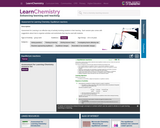
In this activity, students will understand the effect of concentration, catalyst, and temperature on equilibrium reactions.
- Subject:
- Science
- Material Type:
- Activity/Lab
- Provider:
- Royal Society of Chemistry
- Date Added:
- 10/11/2017

In this activity, students will understand the effect of concentration, catalyst, and temperature on equilibrium reactions.

This article can be used with the activity "Chemistry in your Bathroom" or independently. In this article students will learn about surfactant, emulsifying agents, and surface tension. This lesson is great for teaching about the difference between hydrophyllic and hydrophobic molecules.
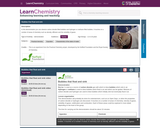
This demonstration involves properties of carbon dioxide and hydrogen. A video is included in addition to the written instructions. It touches on a number of areas of chemistry: density of gases, solubility of gases, sublimation and combustion. Each of these areas could be explored in more detail, depending on the level of the group.
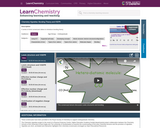
This series of videos will introduce bonding theory.
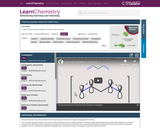
In this set of videos students will learn about molecular orbital theory.
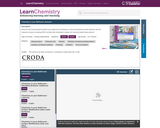
In this interactive students will learn chemistry concepts by discovering how "Croda" products transform the bathroom from a disarray to a fully functional clean bathroom. There are articles attached for students to review about various topics.
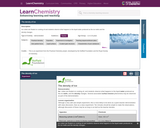
In this demonstration students will observe ice cubes floating on cooking oil, and observe what happens to the liquid water produced as the ice melts, and the density changes. Several associated surface tension phenomena may be observed as part of the demonstration.
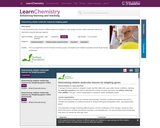
In this experiment known volumes of different gases are weighed in a gas syringe and their relative molecular masses are determined using the ideal gas equation.

This series of activities helps develop students' understanding of basic concepts such as reversible and nonreversible reactions and factors that affect equilibria.
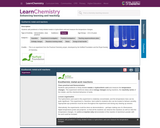
This experiment can be a student-led experiment or teacher demonstration. In this experiment students will add powder or finely-divided metal to hychloric acid and measure temperature changes.

This demonstration should be performed by a teacher. Ribbon seaweeds (sp. laminaria) contain iodine compounds which they obtain by extracting iodide ions from seawater. In this demonstration seaweed is heated in the air to an ash. The iodide produced must then be oxidised to iodine and recovered by solvent extraction and evaporation.
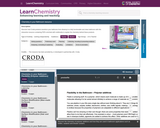
This article can be used with the activity Chemistry in your Bathroom or independently. The article talks about polymers and additives of bathroom supplies and how they are made. The article goes into detail about amides, slip additives, and antistatic additives. UV protection is also briefly discussed.
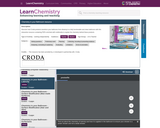
This article can be used with the activity Chemistry in your Bathroom or independently. In this article students will learn about friction, how friction and lubricity work, and esters as a functional group. Other topics briefly discussed in this article are oxidation and crude oil. There are extension activities for students to enhance learning at the end of the article.
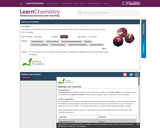
The experiment is in two parts. The first part involves boiling some red cabbage in water. In the second part the students test their indicator. Between the two parts the mixture must be allowed to cool. The first part takes about 10 to 15 minutes. The cooling takes about 15 minutes and the testing less than 5 minutes.
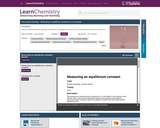
In this lab activity, students will use a microscale titration apparatus to determine the equilibrium constant for the reaction between silver and iron ions.

In this experiment students will test various substances with indicator solution and looking for colour changes.
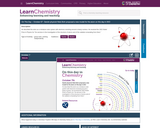
This website discusses Niels Bohr and his journey on his proposed model for the atom.
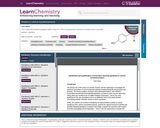
This introduction to the lab Parabens in Household Products discusses what the students will do and gain from the activity. The introduction also discusses learning opportunities, assessments, and extensions to the lab.
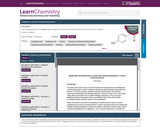
In this laboratory investigation students will use gas chromatography or liquid chromatography to investigate preservative chemicals found in household products-parabens.
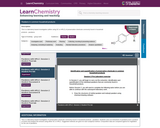
This document is the student pre-lab sheet for the "Parabens in Common Household Products".